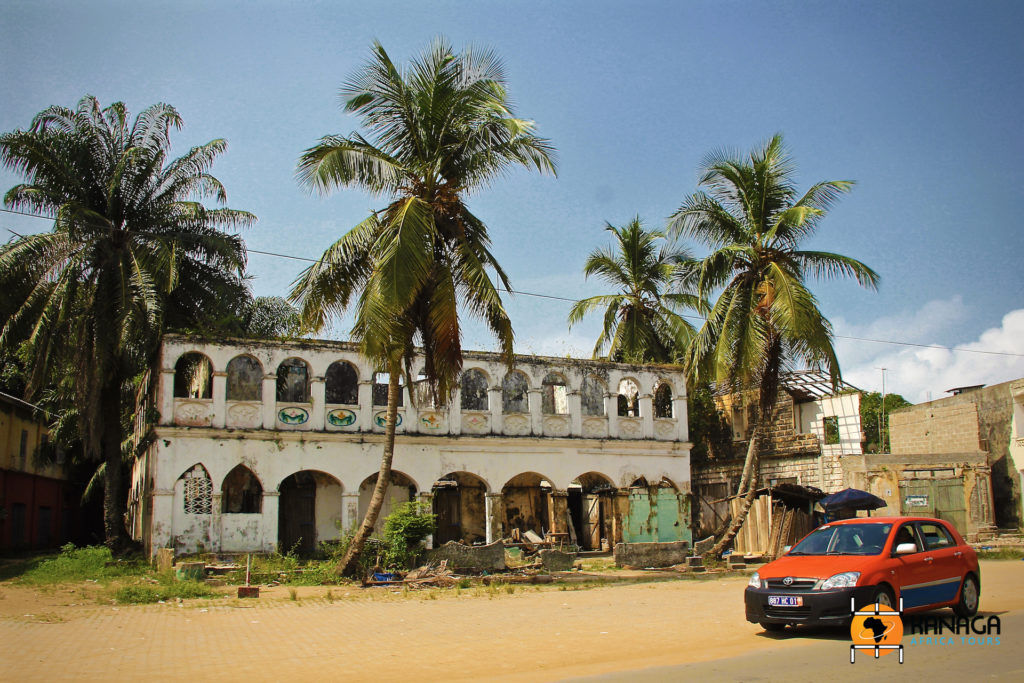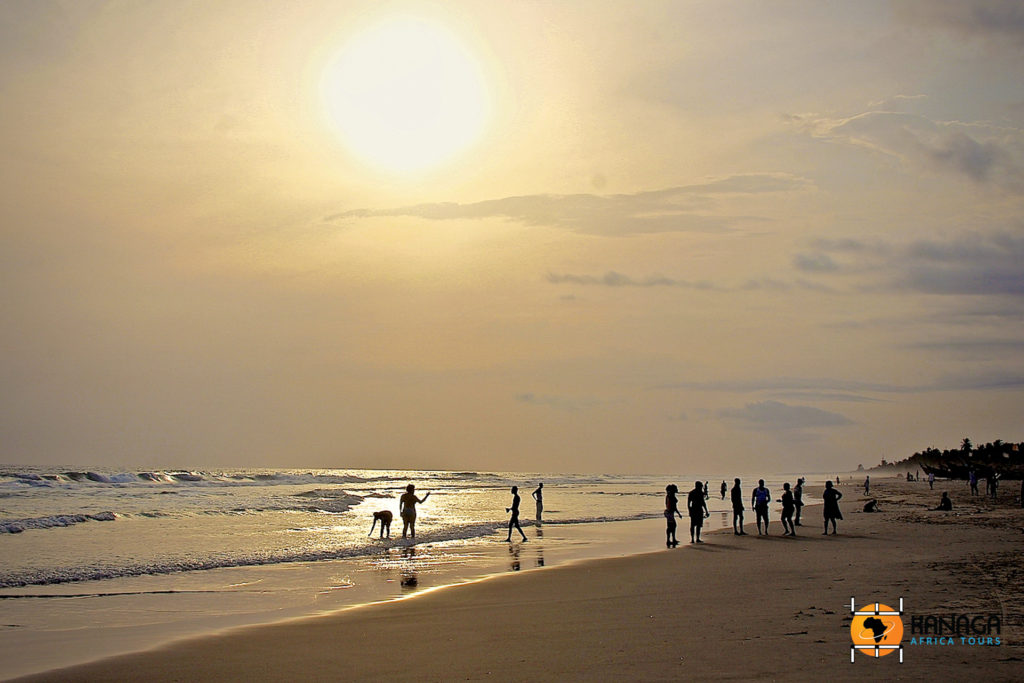© I. Fornasiero
The capital of Côte d’Ivoire from 1893 to 1896, at the time of French colonial rule, Grand Bassam has been a UNESCO World Heritage Site since 2012, thanks to the splendid colonial-style houses overlooking the Gulf of Guinea that shape its urban fabric.
About 40 km from Abidjan, this town, which today has more than 50,000 inhabitants and is one of the most popular and lively destinations for visitors to Côte d’Ivoire, once enjoyed a period of great splendour. The narrow coastal strip separating the lagoon from the ocean was in fact the first French settlement in the region, and it was there that the settlers began to build their homes: large villas with spacious terraces, ornate verandas and precious fixtures, away from the homes of the locals, located on the other side of the lagoon. This created two distinct neighbourhoods in the city, the so-called “Quartier de France“, inhabited by the colonial aristocracy and, on the other side of the lagoon, that of the Ivorians, with modest dwellings and the typical characteristics of a coastal fishing village.
Most of the colonial buildings were constructed between 1893, when the city became the capital, and 1900, when a serious outbreak of yellow fever decimated the population and forced the French to move to nearby Bingerville, and Grand Bassam seemed destined for rapid decline. But the construction of the port in 1902 put the city back in the spotlight and it experienced its golden age. A glorious thirty-year period, however, was destined to come to an end with the construction in 1931 of a new large port of call in Abidjan, which downgraded the previous one and brought the region’s commercial traffic to its knees.
The attraction of the city today lies in its special atmosphere. A decadent aura seals an illustrious past. Of the colonial buildings, some have been painstakingly restored, such as the elegant former Post Office and the “Marie”, the town hall, while others, abandoned to the wear of the time, have lost their lustre, but have acquired an undeniable charm and that special recognisability that has made the town famous, not only as a popular seaside resort.
Don’t miss a visit to the former Governor’s Palace, with its imposing external staircase, which currently houses the Musee National du Costume, with an interesting permanent exhibition dedicated to the housing styles and cultural characteristics of the main Ivorian ethnic groups.
The best time to visit Grand Bassam is from the end of October to early November, when the impressive Abissa Festival is celebrated. This is an important festival in which the Nzima people, descendants of the Akan group, renew their traditions, honouring the spirits of their ancestors and the current dignitaries, with dances, colourful costumes, performances and allegorical processions that enliven the streets of the city for a few days.
From Grand Bassam, it is a short drive to the main beach resorts dotting the eastern coastline. The beautiful Assinie, for example, is the ideal place to spend a few days of total relaxation by the sea, with its palm groves, fine sandy beaches, elegant resorts and lively nightclubs.







